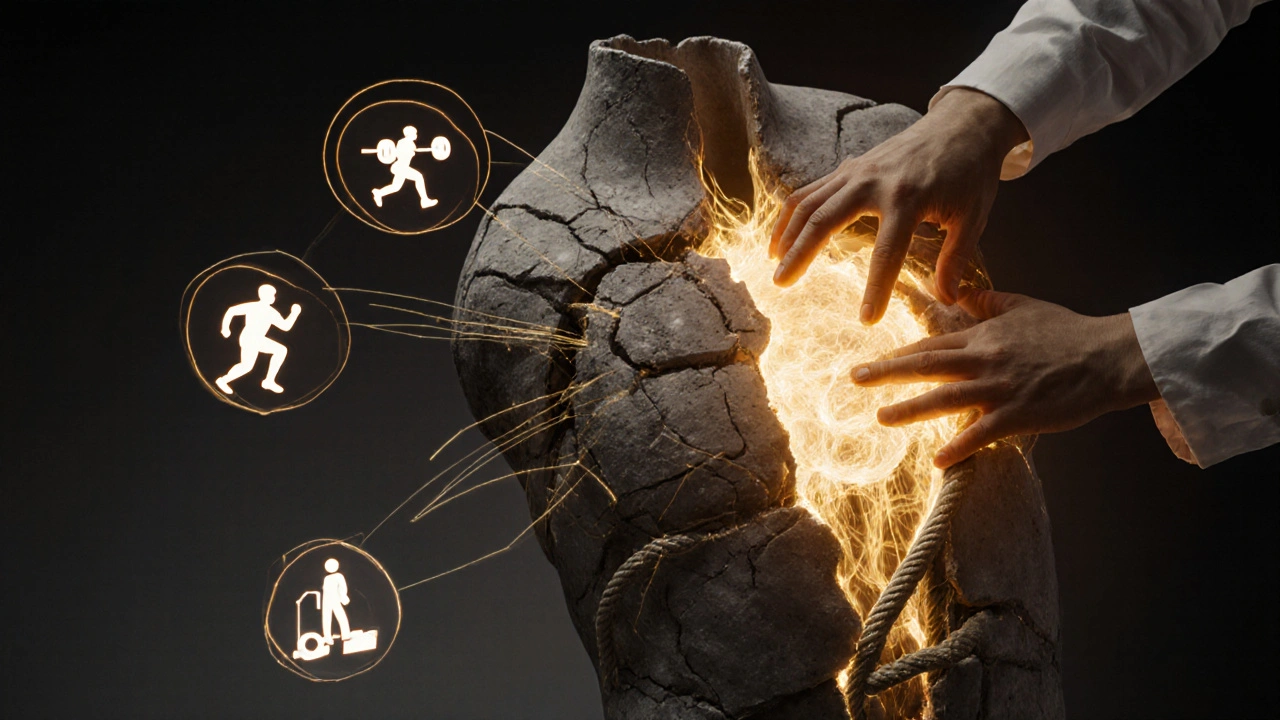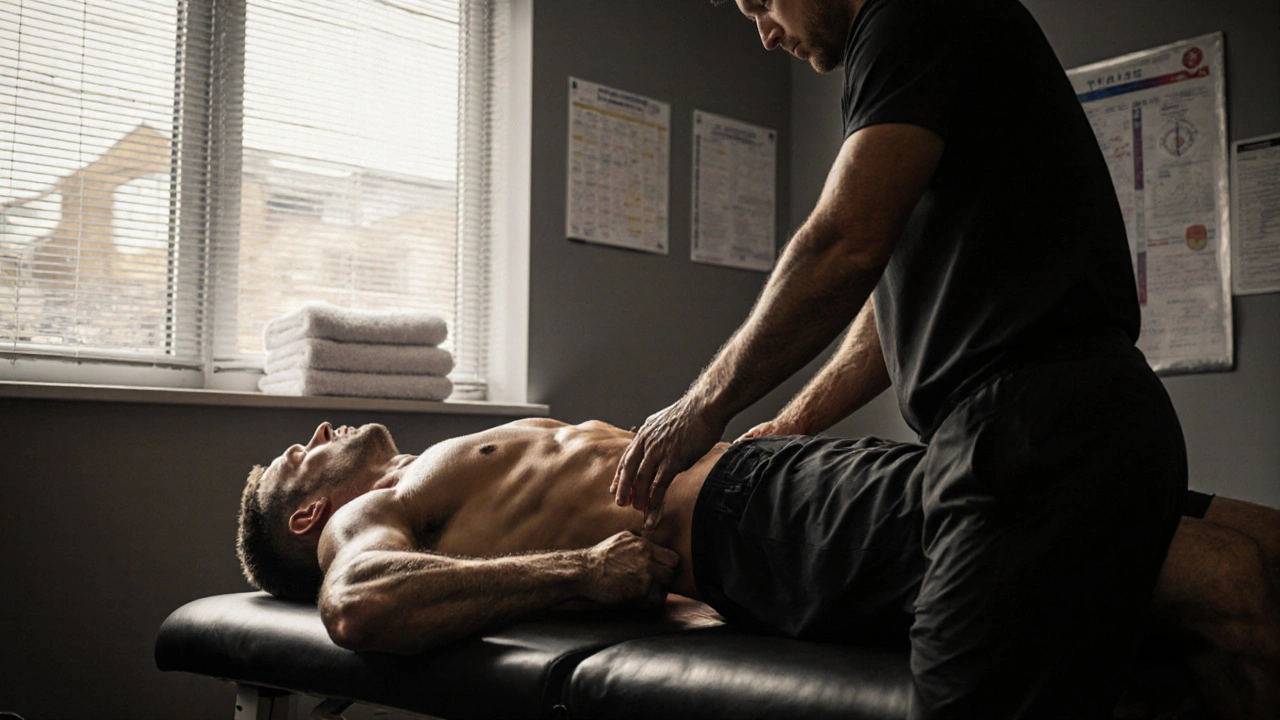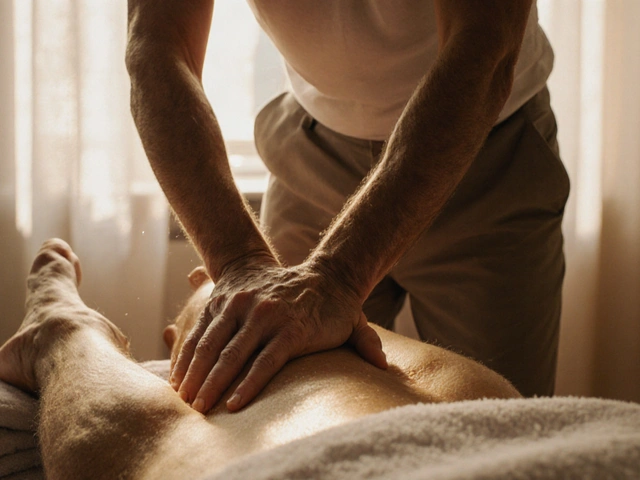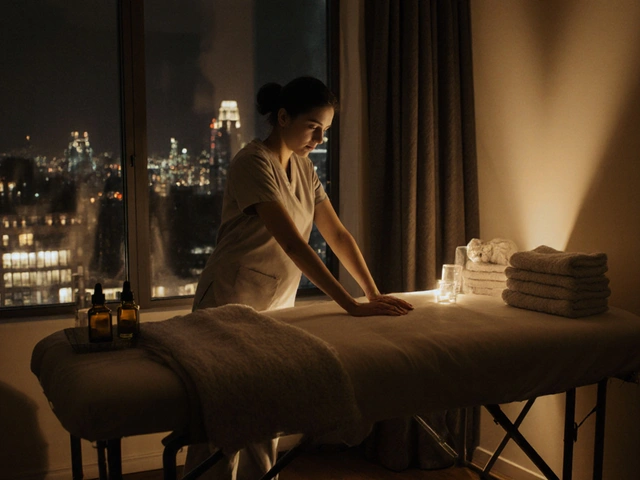Let’s cut the crap. You’ve been grinding hard-squatting till your legs scream, sprinting like your ex just stole your last slice of pizza, or just surviving 12-hour shifts on your feet. Your muscles? They’re not just tired. They’re sports massage London territory. And if you’re still just icing it down and hoping for the best, you’re leaving performance, recovery, and sanity on the table.
What the hell is a sports massage?
It’s not a spa day with lavender candles and whale sounds. A sports massage is a tactical strike on your soft tissue. Think of it like a mechanic tuning a race car-except your engine is made of muscle, tendon, and stubborn scar tissue. This isn’t about relaxation. It’s about repair. It’s about flushing out lactic acid that’s been sitting in your quads like a bad debt. It’s about breaking up adhesions that turned your hamstring into a knotted rope after your last 10K. I’ve had massages in Bangkok, Miami, and Berlin. But nothing hits like a proper sports massage in London. Why? Because the pros here don’t mess around. They’ve worked with Premier League players, CrossFit champs, and guys like you who show up after a 5 a.m. HIIT session looking like they lost a fight with a treadmill.How do you actually get one?
It’s not hard. But you’ve got to know where to look. Skip the glossy salons in Mayfair that charge £120 for a 30-minute “relaxation” session where the therapist barely touches your shoulders. You want someone who’s got calluses on their thumbs and a clipboard full of athlete rehab plans. Start with sports massage London clinics near gyms-Clapham, Hackney, West Ham. Places like Recover Lab in Brixton or Active Edge near Olympia. Book a 60-minute deep tissue session. That’s the sweet spot. Less than 45 minutes? You’re just scratching the surface. More than 90? You’re getting a full-body spa treatment, not a recovery tool. Prices? £65-£85 for an hour. Some places offer packages: 5 sessions for £300. That’s £60 a pop-cheaper than a bad night out and way more effective. Compare that to a physio appointment (£90-£120) and you’re getting the same muscle work without the bureaucracy. Pro tip: Book right after a big workout. Not the next day. Right after. Your muscles are warm, pliable, and primed for repair. If you wait until you’re stiff, you’re fighting your own body.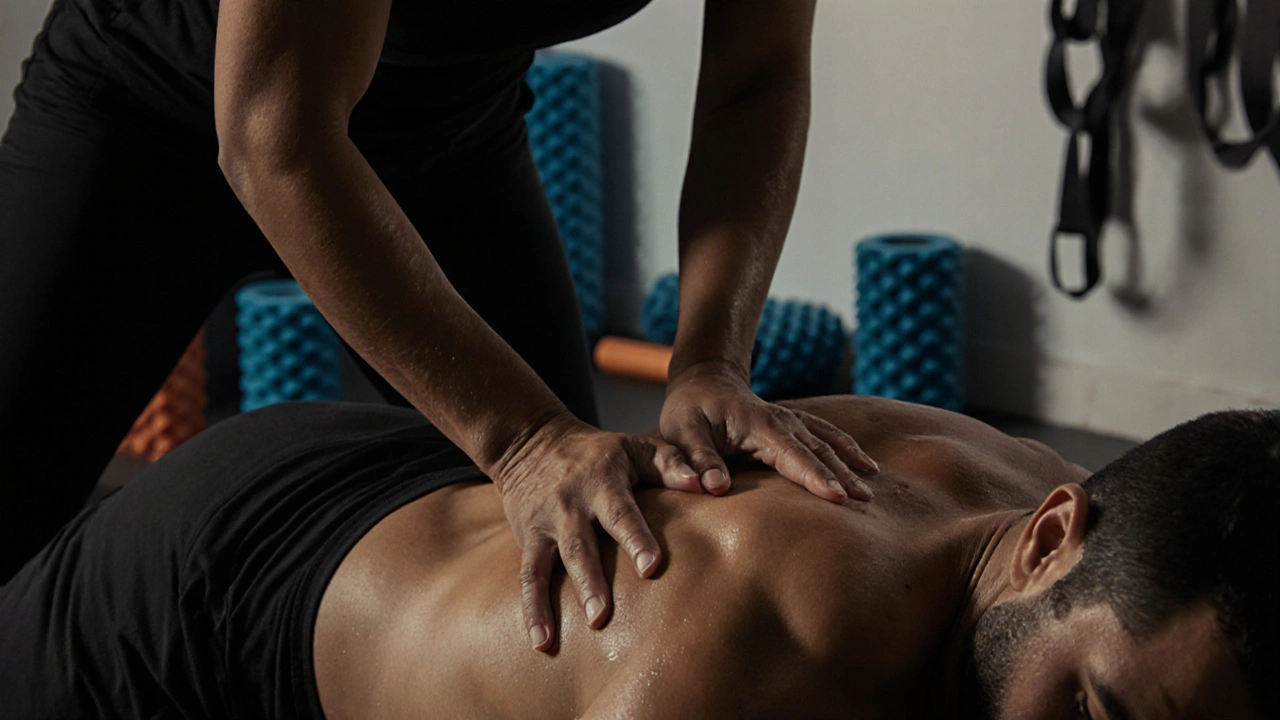
Why is this so damn popular?
Because men in London are done pretending they don’t need help. Gone are the days of “I’ll just stretch it out.” Now, guys in their 30s and 40s-coaches, builders, fitness influencers, even accountants who do weekend trail runs-are lining up for this. Why? Because they’ve seen the results. One guy I know, Dave, a personal trainer in Croydon, stopped getting injured after six sessions. He went from missing two weeks a month to hitting PRs every week. He told me: “I used to think massage was for women who wanted to smell like vanilla. Now I know it’s for men who want to keep moving.” It’s not just about pain relief. It’s about longevity. Your joints don’t break. Your muscles don’t seize up. You don’t become the guy who can’t tie his shoes after a beer. You stay sharp. You stay strong. You stay in the game.Why is it better than the alternatives?
Let’s run through the options:- Self-massage with a foam roller? Great for maintenance. Useless for deep knots. You can’t reach your glutes like a pro can.
- Physiotherapy? Needed if you’ve torn something. Overkill if you’re just tight.
- Chiropractor? Fixes alignment. Doesn’t fix muscle tension.
- Hot tub or sauna? Feels nice. Does jack for recovery.
